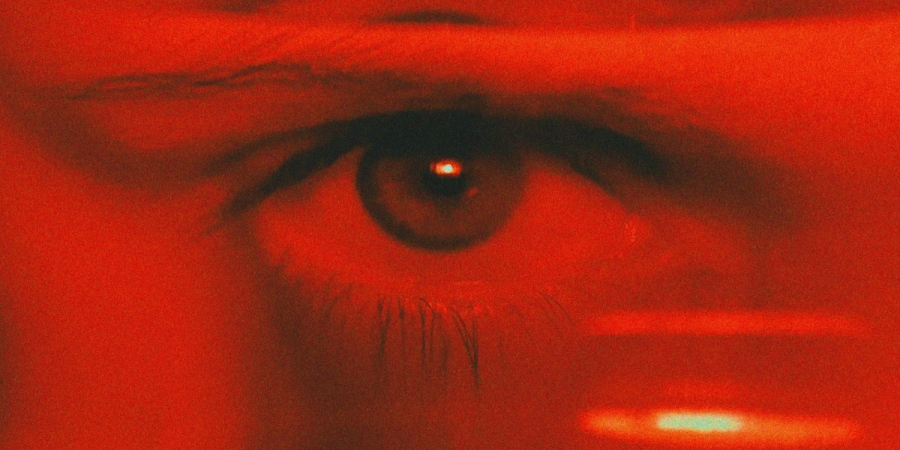
Photo: Dasha Yukhymyuk

Photo: Dasha Yukhymyuk
This page is more than two years old.
Remote viewing is the idea that someone with psi abilities can acquire by mental means information about a distant or otherwise hidden object or place that they have no other way of obtaining information about and no prior knowledge of.
The alleged psychic skill has been investigated by parapsychologists for decades, while skeptics have challenged its existence. The alleged phenomenon has been taken very seriously over the years by many academic institutes and was even actively researched by secretive US Intelligence departments in classified programs like the CIA's Stargate Project.
Remote viewing is the ability to psychically "see" events, unfamiliar sites, or unknown information from any distance. The CIA were interested in harnessing this ability to allow them to train psychic spies to snoop on their enemies around the world. The CIA were attracted to using psychic powers because they were "passive," "inexpensive" and best of all, there is "no known defence."
Apparently those running the project within the agency did report some success but eventually a review found that the Stargate Project hadn't managed to obtain any credible evidence that remote viewing worked and was useful to the intelligence services, so the project was cancelled in 1995 and declassified.
Although the technique wasn't useful to the government agency, the method of psychic viewing is still of interest to parapsychologists, who to this day conduct experiments to test the validity of the claims. Below are seven steps you can follow to get you started on your own journey into psi research and remote viewing.
1. Select A Target
Usually in a remote viewing experiment a researcher will either place a target object in a box or a sealed room, or give the viewer some information relating to the intended target, such as its map coordinates. This is known as Coordinate Remote Viewing (CRV). If you're testing your remote viewing abilities at home, then the obvious thing to do is to get someone to place an object in a room of your house and then using the powers of your mind try to "see" what that object is.
However, this method is flawed as there is no way to be certain where the information is actually coming from if you are successful. It might be the case that you clearly saw the object in the room in your mind's eye, this would be remote viewing. But it's also a possibility that you obtained the information by reading the mind of the person who put the object there, in this case you would have demonstrated telepathy, not remote viewing.
To help reduce the possibility that telepathy or other extrasensory abilities are the cause of a correctly viewed target, ensure that nobody at all knows what the target is. You could do this by randomly selecting a set of GPS coordinates for the purpose of the experiment and then checking what's there on Google Street View later to validate your vision.
In our experience we found that this results in a lot of similar views consisting of a road with trees or vegetation on the side and perhaps a building or two. It means a lot of these random views just don't have enough striking or unique features to validate a successful session.
We came up with a couple of tools to get around this. The idea is that a laptop, tablet or phone is put in a controlled environment where the screen can't be seen. Once out of view the tool generates a random target for you to focus on. You can try remote viewing with a random number generator or with a random image, such as a picture of an object or location. Both tools can be accessed below...
2. Induce A State Of Physical Relaxation & Mental Clarity
Before you get started, make sure you've got some paper and something to write with to hand, you'll need this later.
You'll need to dedicate at least 15 minutes of uninterrupted time per session, so find a quiet room in the house away from noise and distraction, ideally one without any stark colours or strong shapes. Put your phone on silent and turn off or silence any other gadget that might disturb you. Then close the blinds, dim the lights, and find a comfy chair to sit in.
Take a few minutes to completely relax both physically and mentally, clearing your mind of any thoughts, worries and stresses. At this point, don't even think about the task at hand. The aim is to avoid the mind wandering and make the psyche like a black void or blank screen, enabling it to focus without distraction later in the experiment.
Advertisement ‐ Content Continues Below.
Tips For Clearing Your Mind
If you're struggling to achieve mental clarity and create a black void, here's a quick mental exercise you can try to improve clarity of mind.
Simply count in your head from one to 20 leaving a few seconds between each number. However, if any other thoughts enter your head, go back to number one and start counting again.
This is harder than it sounds and at first you might struggle, but practice regularly and you'll eventually be able to empty your mind and count to 20 without distraction, a skill you can put to use when attempting remote viewing.
3. Target Your Mind
Now your mind is free from distractions, it's time to focus on your goal of obtaining information on your target. You should start by directing your mind to the target with a sense of expectation. Think about what you know, whether that's the map coordinates, the location of an object or the glowing screen with a random image or number on it.
Ask yourself what the target is. Feel the excitement of answering this question and the joy and satisfaction you will feel when you achieve your goal. Don't rush this step, do all you can to make your intent clear and train your whole being on your target.
Steps two and three should each take at least two to three minutes, but ideally you should allow up to half an hour to fully relax and target your mind before moving on to step four.
4. Capture The Flashes Of Insight
It's time to grab your pen and paper. Gently hold the pen over the paper, just let it hang there and don't think about it too much and keep concentrating on your target. There's no rush, but when you're ready and feel the time is right, start to draw while holding the target in mind.
At this stage you're not trying to draw the complete vision. Just sketch the first thing that pops into your head, it may just be abstract shapes, lines, symbols or letters. Try not to analyse what you're drawing or apply meaning to it. Don't worry if it seems abstract, clarity will follow later.
Again, when the time feels right, make a note of your initial thoughts and feelings about the target. This could be emotional feelings, colours, smells, tastes, sounds, temperature or movement. Perhaps even materials, finishes, textures or a sense of its size. Is it organic? Industrial? Are there people? Is it light or dark?
Try not to form any solid opinions on what you've drawn at this stage, however if something does pop into your head write it down along side the doodle, but mark it with an asterisks to indicate that this was possibly based on your own conscious analytical reasoning rather than a psi-based insight.
5. Hone In On Your Target
In this step you should try to obtain more details by refocussing your mind based on the new information you have acquired. Uses those flashes of insight that you drew, think about what you wrote down as your initial thoughts and again ask yourself the question, "what is the target?"
Mentally examine what you see, try moving to a different perspective or view point, nearer or further away, above or below. Then, when you're ready, sketch or note anything you see or feel that you didn't pick up the first time. Again, don't try to analyse this too much, just let it flow.
6. See Your Target
It's time to put it all together and sketch your target and for the first time start to analyse you accumulated perceptions. Look back through your sketches and notes. Use anything that feels right to create a new sketch, don't worry about leaving things out if they no longer feel like part of the puzzle.
Write down what you think the target is and anything you can't convey in a drawing such as emotions, smells, tastes, sounds, temperature or movement.
In your mind's eye examine the target again looking for any details you might have missed and add them into your drawing, but try to cherry-pick those elements that seem significant, vivid or are accompanied by a feeling of conviction. These are more likely to be genuine psi insight and helps to filter out any fleeting bursts of imagination generated by your conscious mind.
7. Measure Your Success
With the experiment now complete, it's time to analyse your results by finding out what the actual target was and comparing your final drawing and thoughts. Ideally you'll be spot on and your recorded perception of the target will match the actual target.
If you were less than accurate on this occasion, resist the temptation to throw down your paper and move on, there's potentially lots to be learnt from even a failed remote viewing session. Look back through your sketches and notes from each stage to see if any of the thoughts and feelings you had match the target.
For example you might have drawn a snowman even though the target was a bridge. However, if you'd written the word "cold", this could perhaps relate to the cold metal the bridge is made out of.
Similarly, if you didn't fight that urge to apply analytical thinking, your conscious mind might have reimagined certain elements of your perceptions. For example if you initially picked up on wooden beams, you might have imagined up the vision of a log cabin, where as the actual target was a pirate ship.
If there are clues that you were on the right track in your earlier doodles, then you know where to concentrate in order to improve your performance in later experiments.
Give It A Try!
Once you've studied this guide and have everything you need, including some free time and a quiet space to practice in. Why not put your psi abilities to the test and attempt to gain a psychical insight into our randomly generated targets. You can get started by pressing either of the buttons below...
More On Remote Viewing
See All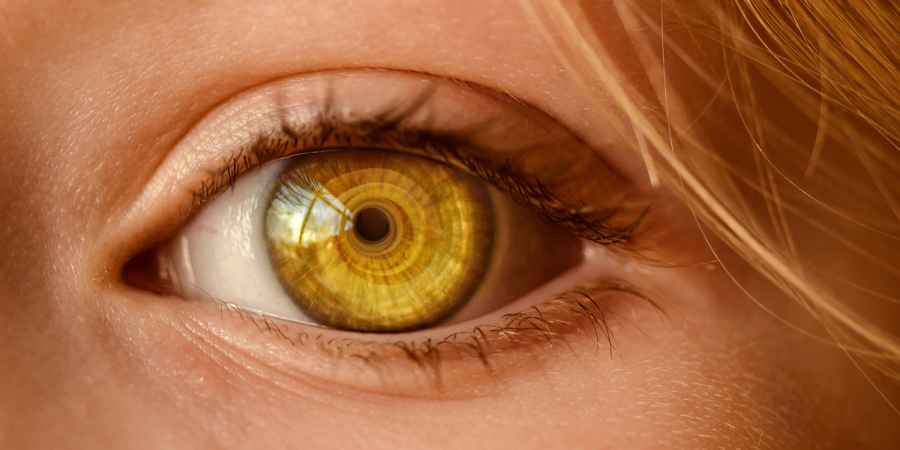
ArrayMarch 16, 2025
Remote Viewing Glossary: Key Terms & Definitions
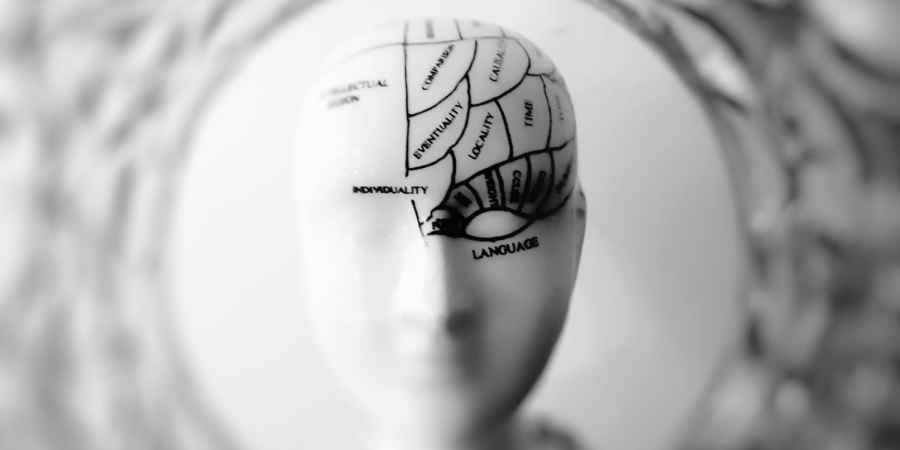
ArrayMarch 11, 2025
How Future Knowledge Might Influence Remote Viewing
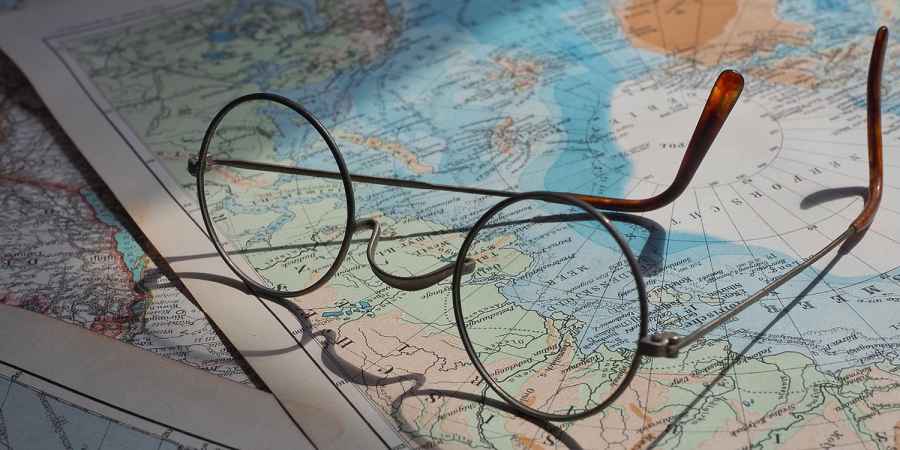
ArrayMarch 07, 2025
Examining The Best Evidence For The Existence Of Remote Viewing
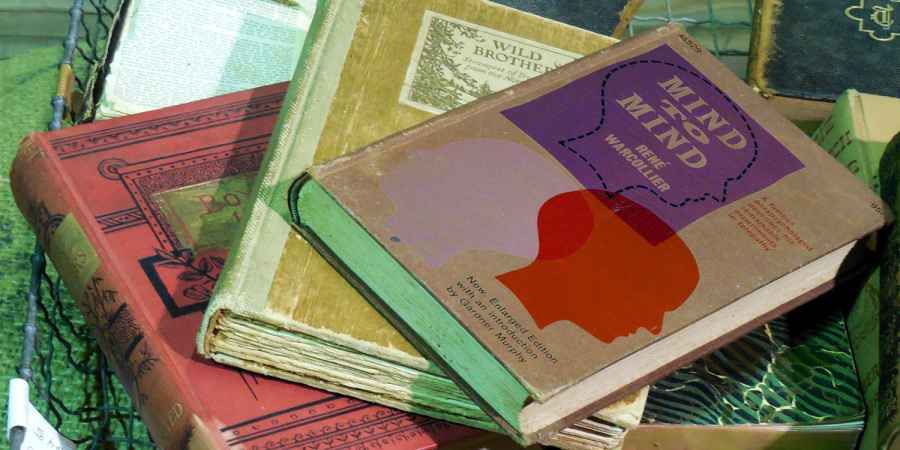
ArrayMarch 05, 2025
7 Things We Learnt About Remote Viewing From This Forgotten Book
Further Reading
Dive into the world of the paranormal and unexplained with books by Higgypop creator and writer Steve Higgins.

Alone At The Inn
The full account of a solo paranormal investigation at the Ancient Ram Inn, tied to a documentary film.
Buy Now
The Rational Demonologist
An exploration of demonic activity, including possession, protection, and exorcism.
Buy NowMore Like This

BooksMarch 17, 2025
Revisiting 'Mind To Mind': René Warcollier's 1948 Book On Telepathy

Remote ViewingMarch 16, 2025
Remote Viewing Glossary: Key Terms & Definitions

Remote ViewingMarch 11, 2025
How Future Knowledge Might Influence Remote Viewing
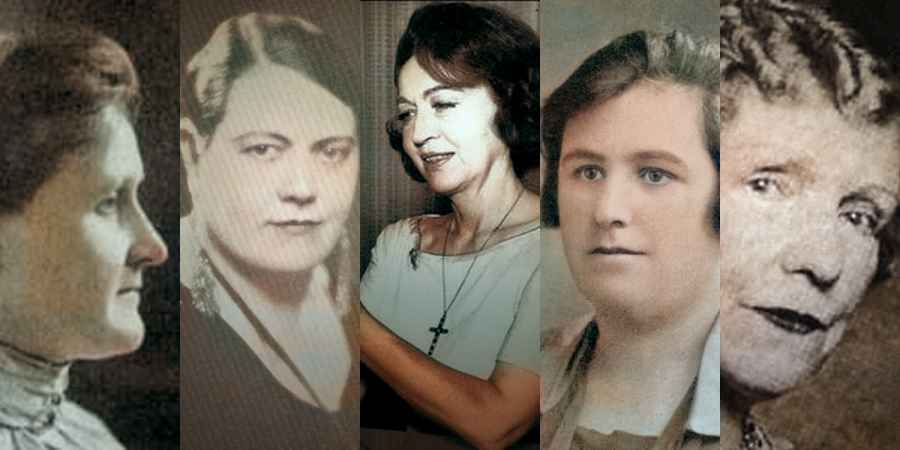
Womens DayMarch 08, 2025
Influential Female Psychics & Mediums
 See More on Audible
See More on Audible
Comments
Want To Join The Conversation?
Sign in or create an account to leave a comment.
Sign In
Create Account
Account Settings
Be the first to comment.